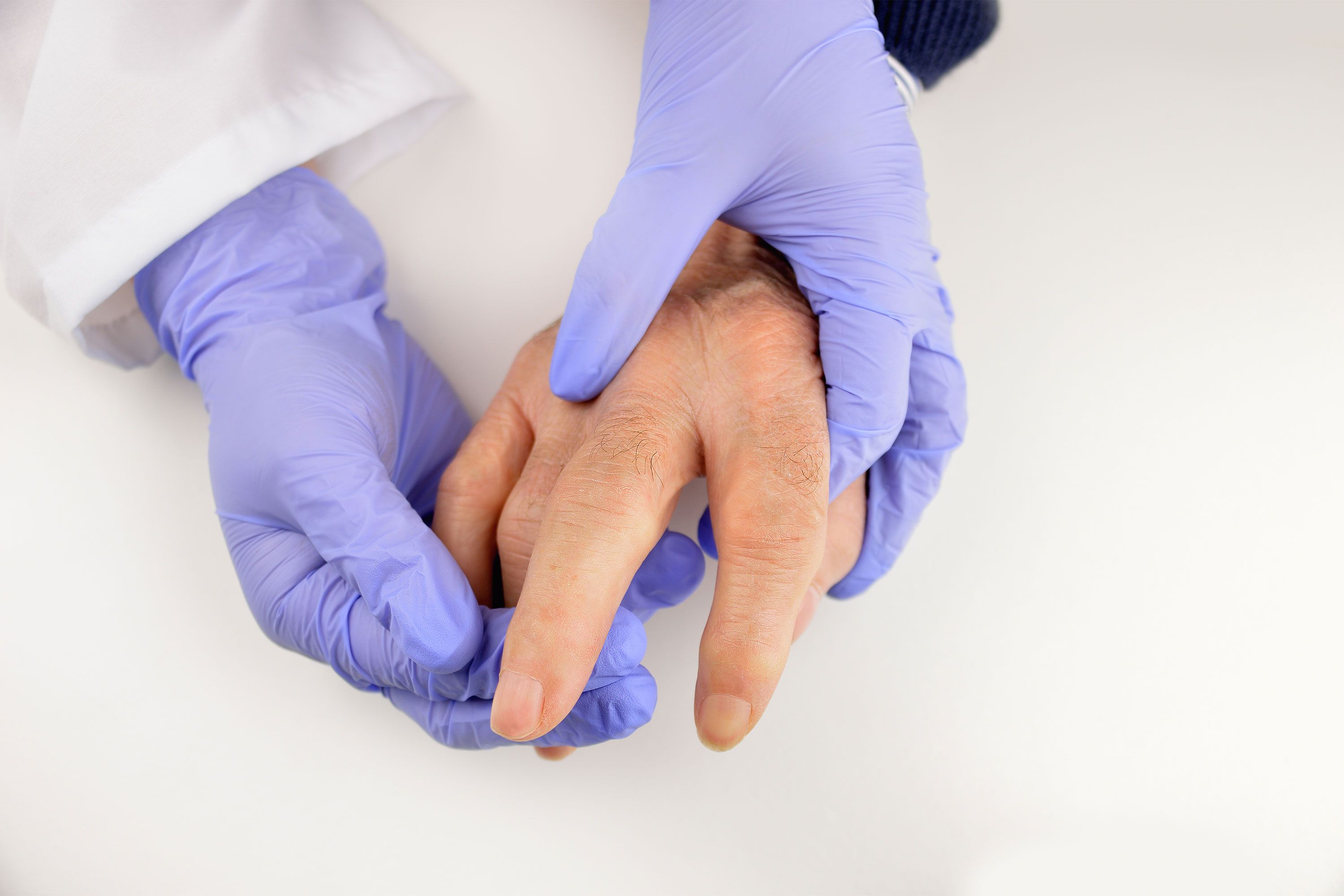
What is the Bekhterev-Jacobsohn Reflex? This reflex, named after neurologists Vladimir Bekhterev and Louis Jacobsohn-Lask, is a fascinating involuntary response observed in humans. When the upper arm's biceps muscle is tapped, the forearm flexes. This reflex helps doctors assess the integrity of the C5 and C6 spinal nerves. Why is it important? It can reveal underlying neurological conditions, making it a crucial tool in medical diagnostics. How does it work? The reflex arc involves sensory neurons, the spinal cord, and motor neurons, creating a quick, automatic reaction. Understanding this reflex can provide insights into the nervous system's health.
Key Takeaways:
- The Bekhterev-Jacobsohn Reflex is a neurological test that involves chin muscle twitching when the palm is stimulated. It can indicate neurological damage or disorders and is used in comprehensive neurological exams.
- The reflex, discovered by Bekhterev and Jacobsohn-Lask, remains a valuable tool in understanding the nervous system and diagnosing neurological conditions. It's a simple yet effective test with modern applications in research and rehabilitation.
What is the Bekhterev-Jacobsohn Reflex?
The Bekhterev-Jacobsohn Reflex is a neurological phenomenon named after two prominent scientists, Vladimir Bekhterev and Louis Jacobsohn-Lask. This reflex is a fascinating aspect of human physiology, often studied in the context of neurological disorders.
-
The Bekhterev-Jacobsohn Reflex is a type of palmomental reflex. This means it involves a reaction in the chin muscles when the palm is stimulated.
-
It was first described by Vladimir Bekhterev, a Russian neurologist, and Louis Jacobsohn-Lask, a German neurologist, in the early 20th century.
-
The reflex is often tested by stroking the thenar eminence (the fleshy part of the palm near the thumb) with a blunt object.
-
A positive response involves a twitching of the chin muscles on the same side as the stimulated palm.
-
This reflex is considered a primitive reflex, meaning it is present at birth and usually disappears as the nervous system matures.
Why is the Bekhterev-Jacobsohn Reflex Important?
Understanding this reflex can provide insights into the functioning of the nervous system. It is particularly useful in diagnosing certain neurological conditions.
-
The presence of the Bekhterev-Jacobsohn Reflex in adults can indicate neurological damage or disorders.
-
It is often seen in patients with frontal lobe lesions, which can affect motor control and behavior.
-
The reflex can also be present in conditions like multiple sclerosis and amyotrophic lateral sclerosis (ALS).
-
In some cases, it may be an early sign of Parkinson's disease.
-
The reflex is not exclusive to any one condition, making it a non-specific indicator of neurological issues.
How is the Bekhterev-Jacobsohn Reflex Tested?
Testing for this reflex is straightforward but requires careful observation. Here’s how it’s typically done:
-
The patient is usually asked to relax their hand on a flat surface.
-
A blunt object, like the end of a reflex hammer, is used to stroke the thenar eminence.
-
The examiner watches for a twitch in the chin muscles on the same side as the stimulated palm.
-
The test is often repeated on both hands to compare responses.
-
A positive reflex is noted if there is a consistent twitch in the chin muscles.
Historical Context of the Bekhterev-Jacobsohn Reflex
The discovery and study of this reflex have a rich history, contributing significantly to our understanding of neurology.
-
Vladimir Bekhterev was a pioneer in the field of neurophysiology, making numerous contributions to our understanding of the brain.
-
Louis Jacobsohn-Lask was known for his work on neuroanatomy and reflexes.
-
Their collaboration on the Bekhterev-Jacobsohn Reflex helped bridge the gap between anatomy and clinical practice.
-
The reflex was initially met with skepticism but gained acceptance as more clinical evidence supported its significance.
-
Today, it remains a valuable tool in neurological examinations.
Modern Applications of the Bekhterev-Jacobsohn Reflex
In contemporary medicine, this reflex continues to be relevant, particularly in neurological assessments.
-
It is often included in comprehensive neurological exams to assess the integrity of the nervous system.
-
The reflex can help differentiate between upper and lower motor neuron lesions.
-
It is also used in research settings to study the effects of various neurological conditions.
-
Some studies have explored its potential role in rehabilitation for patients with neurological damage.
-
Despite advances in imaging and other diagnostic tools, the Bekhterev-Jacobsohn Reflex remains a simple yet effective clinical test.
The Final Word on Bekhterev-Jacobsohn Reflex
Bekhterev-Jacobsohn Reflex, a fascinating neurological phenomenon, highlights the intricate connections within our nervous system. Understanding this reflex can provide valuable insights into neurological health and potential disorders. It’s not just a medical curiosity but a window into how our bodies respond to stimuli.
Knowing about this reflex can help in diagnosing certain conditions and understanding the broader spectrum of human reflexes. Whether you’re a medical professional, a student, or just someone curious about the human body, grasping the basics of Bekhterev-Jacobsohn Reflex enriches your knowledge of neurology.
Keep exploring and learning about these lesser-known facts. They often hold the key to greater understanding and breakthroughs in medical science. Stay curious, and who knows what other fascinating facts you might uncover next!
Frequently Asked Questions
Was this page helpful?
Our commitment to delivering trustworthy and engaging content is at the heart of what we do. Each fact on our site is contributed by real users like you, bringing a wealth of diverse insights and information. To ensure the highest standards of accuracy and reliability, our dedicated editors meticulously review each submission. This process guarantees that the facts we share are not only fascinating but also credible. Trust in our commitment to quality and authenticity as you explore and learn with us.
